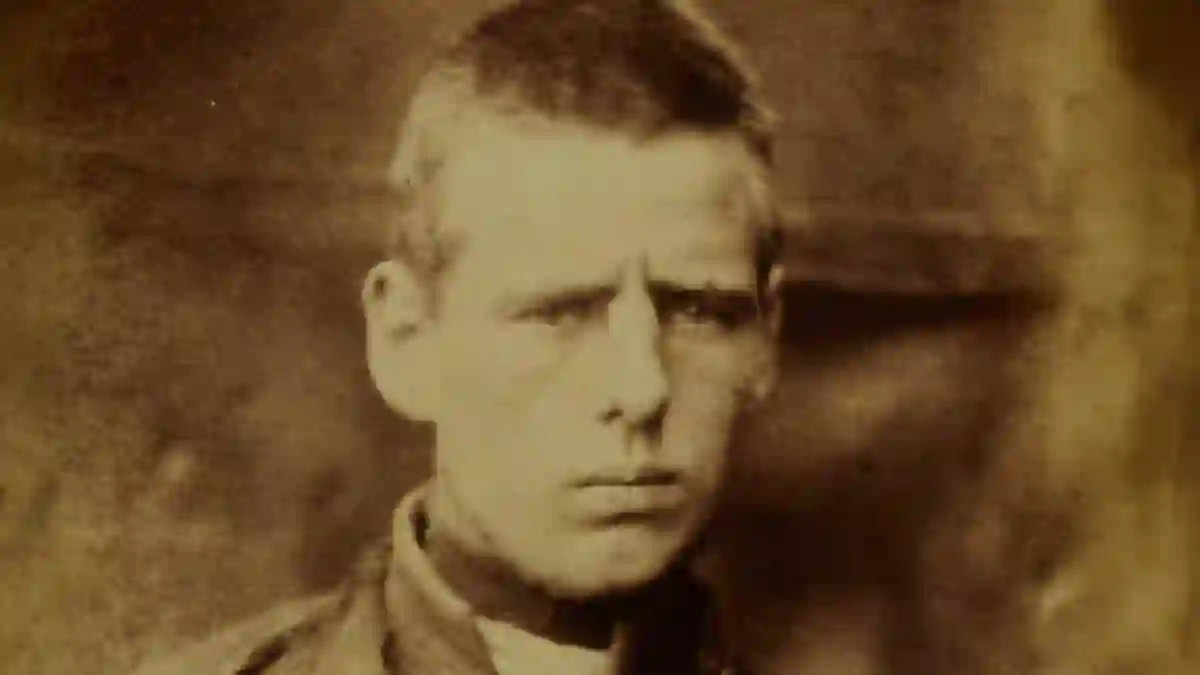It’s not every day that you get to look into the eyes of people who lived more than 150 years ago—and see their stories unfold in black and white.
But that’s exactly what visitors to Lincoln Castle can do now, thanks to a haunting new exhibition.
For the first time ever, a rare collection of Victorian-era mug shots is on public display, and they’re telling us much more than just who committed what crime.
These striking photographs give a human face to the punishments handed out during the 19th century—and the justice system that dished them out.
From Pigeons to Condensed Milk: Crimes of a Different Time
The collection features some surprising—and frankly heartbreaking—cases.
One that stands out is that of John Holmes, just 14 years old, who was jailed for 21 days for stealing two pigeons.
Another young man, James Pringle, 21, from Grimsby, found himself sentenced to a month behind bars for taking six tins of condensed milk.
While these might seem like minor offenses by today’s standards, the punishments back then were harsh, especially for younger offenders.
Believe it or not, even children as young as eight years old were kept in the same prison system during the mid-1800s.
Two Norwegian Sailors and a Desperate Burglary
Some stories have a more international twist. In 1876, two Norwegian sailors, George Dahl (24) and Harry Olsen (22), arrived in Hull after sailing from Oslo.
Just six weeks later, they found themselves “quite destitute” and resorted to burglary.
They broke into a home in Barrow upon Humber, stealing clothes and a silver watch.
Their actions earned them three months of hard labor at Lindsey County Prison, which we now know as HMP Lincoln.
The Register That Tracked Them All
All of these individuals—and many more—were recorded in an old logbook called the Register of Habitual Criminals.
This detailed document helped police track repeat offenders and played a crucial role in maintaining law and order at the time.
It’s this very register that now accompanies the mug shots on display at Lincoln Castle.
Alongside the images and handwritten details are insights into how the justice system tried to balance punishment and reform.
Back then, the prison operated under what was called the “separate system”—a method that isolated prisoners from each other, with the hope that solitary reflection would lead to repentance.
More Than Just Petty Crimes
While many of the inmates were locked up for minor thefts, Lincoln Castle’s prison also dealt with serious offenders.
In fact, seven murderers were executed at the site during its operation.
Their bodies were buried in unmarked graves behind a part of the castle known as the Lucy Tower.
And then there’s the prison chapel—perhaps one of the most eerie and unique parts of the facility.
It’s the only remaining chapel of its kind in the world, with individual stalls that kept prisoners separated even while attending religious services.
Bringing Forgotten Stories Back to Life
This powerful exhibition is housed in the Magna Carta Vault and will be available to the public until February.
For the curators and historians involved, this is a special opportunity to connect people today with a long-forgotten side of Lincolnshire’s history.
Councillor Natalie Oliver of Lincolnshire County Council shared her excitement about the exhibit:
“We are thrilled to be displaying this document for the first time, giving it pride of place alongside an original Magna Carta dating to 1215.
The register offers a fascinating insight into Lincolnshire’s Victorian past, helping us learn more about the lives of those who served time in the Castle’s prison.”
